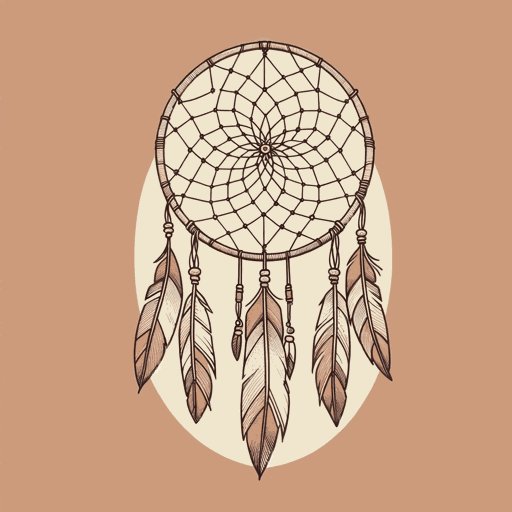71 pages • 2 hours read
David TreuerThe Heartbeat of Wounded Knee
Nonfiction | Book | Adult | Published in 2019A modern alternative to SparkNotes and CliffsNotes, SuperSummary offers high-quality Study Guides with detailed chapter summaries and analysis of major themes, characters, and more.
Part 4Chapter Summaries & Analyses
Part 4: “Moving On Up—Termination and Relocation: 1945-1970”
Part 4, “Migration” Summary
In the fall of 2014, Treuer drove to Browning, Montana, the home of the Blackfeet Nation. He was contemplating the period between 1945 to 1975, which is regarded as a blank spot in the Indigenous experience. The federal attack on Indigenous tribes had ended, and the reservation system was firmly entrenched.
The Blackfeet tribe’s homeland stretches from the North Saskatchewan River near Edmonton to the Yellowstone River in the south. They were not as nomadic as other Plains tribes. Around 1730, they began to ride horses, which made them more warlike, particularly toward the Cree, who lived to the north. Their other enemies included the Cheyenne, Crow, Lakota, Assiniboine, Nez Perce, and nearly every other tribe within the Plains. Despite their warlike tendencies, the Blackfeet stayed out of most of the conflicts that arose in the Plains during the 1800s. Still, the United States made war against them by eliminating their bison herds. As a result, the tribe starved, and fewer than 2,000 Blackfeet remained by 1900 (239). After some time, they recouped their numbers, as well as aspects of their culture and language. They also managed to retain what remained of their land.
Related Titles
By David Treuer



